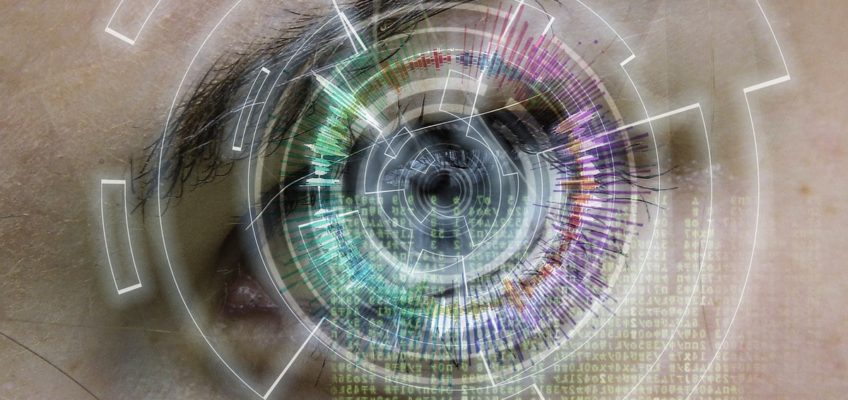Sometimes technology is so transformative that you have to take a step back to get people excited
The year is 1995. Bill Gates explains to a skeptic David Letterman on his late-night show why the Internet is “the new big thing.”
For someone who had become the world’s wealthiest man by developing technology, the Internet should have been an easy sell Share on X
Yet that deliciously vintage clip actually shows Gates failing miserably at presenting the Internet as something more than a frivolous fad. You would have thought that for someone who had become the world’s wealthiest man by developing and peddling technology, this would be an easy sell — even if pitched against a clever talk show host intent on scoring a gag or two.
Contrast that to a different 1990s interview, where David Bowie explains pretty much the same thing to an equally skeptical Jeremy Paxman (readers in the UK will be familiar with this journalist’s legendary reputation for cutting sarcasm) and it is a thing of beauty.
Gates failed miserably at presenting the Internet as something more than a frivolous fad when questioned by Letterman Share on X
While Bill mumbled about electronic mail and chat rooms, Bowie looked beyond all of that, painting an eerily accurate picture not of what the Internet was, but of what it would become. Of how it would reinvent media and our relationship with content. Of how it would fundamentally transform the lives of everyone on the planet. Where Bill’s clip makes you cringe, Bowie’s gives you the goosebumps.
“It’s an Alien life-form,”
he avows in one of the many, MANY, golden moments packed into this short clip.
The problem that Gates demonstrates so painfully here is something that I deal with every day in the immersive technology space. Those who understand how truly disruptive spatial computing will be, often fail to convey this in a way that can inspire the average consumer to adopt XR (or VR/AR/MR depending on your choice of acronyms) in their daily lives.
The truth is that brilliant people who create brilliant algorithms are often blind-sighted to the real-life effects and narratives that develop around their creations. Look no further than Facebook and the damage that this social platform — through unwitting neglect and complacency — has inflicted upon so many of the world’s democracies, for a painful example of how treating technology as if it lives in a vacuum just doesn’t work.
Tipping points in tech only come when true vision — the type exemplified here by Bowie or by Isaac Asimov in one of my favorite interviews of all time below — meets real case studies that add value to the lives of real people in the real world.
Those who understand how truly disruptive spatial computing will be, often fail to convey this in a way that can inspire the average consumer Share on X
By the time David Bowie met Letterman for this interview circa 2008, they were laughing together at the special edition vinyl the singer had just released, and when Bowie avowed that he just downloaded all his music from the Internet, Letterman barely raised an eyebrow.
Decades from now we will look back at the skepticism expressed by the XR naysayers with the same kind of nostalgic indulgence as we reserve for Letterman saying he didn't need the Internet because he had a radio Share on X
In the XR space, the closest we’ve come to someone outlining the inspirational vision of immersive tech is Chris Milk’s TED Talk back in 2015 where he referred to VR as an “Empathy Machine.” But what that doesn’t do is give something for users to really wrap their heads around. Something they can relate to both on an instinctual level and a practical one.
What we need in XR is at least one use case that makes the whole idea click in consumers’ minds Share on X
We’re close in so many ways, but no cigar, which is why we haven’t yet seen the tipping point with XR Share on X
What we need in XR is at least one use case that makes the whole idea click and make sense in consumers’ minds. We’re close in so many ways, but no cigar, which is why we haven’t seen it tip. Make no mistake, however. It is coming, and a couple of decades from now I bet we will look back at the skepticism expressed by many today with the same kind of nostalgic indulgence as we reserve for Letterman saying he doesn’t need the Internet because he has a radio.
Tech Trends offers a broad range of Digital Consultancy services to guide companies, individuals and brands in effectively leveraging existing and emerging technologies in their business strategy.
Alice Bonasio is a VR and Digital Transformation Consultant and Tech Trends’ Editor in Chief. She also regularly writes for Fast Company, Ars Technica, Quartz, Wired and others. Connect with her on LinkedIn and follow @alicebonasio on Twitter.









